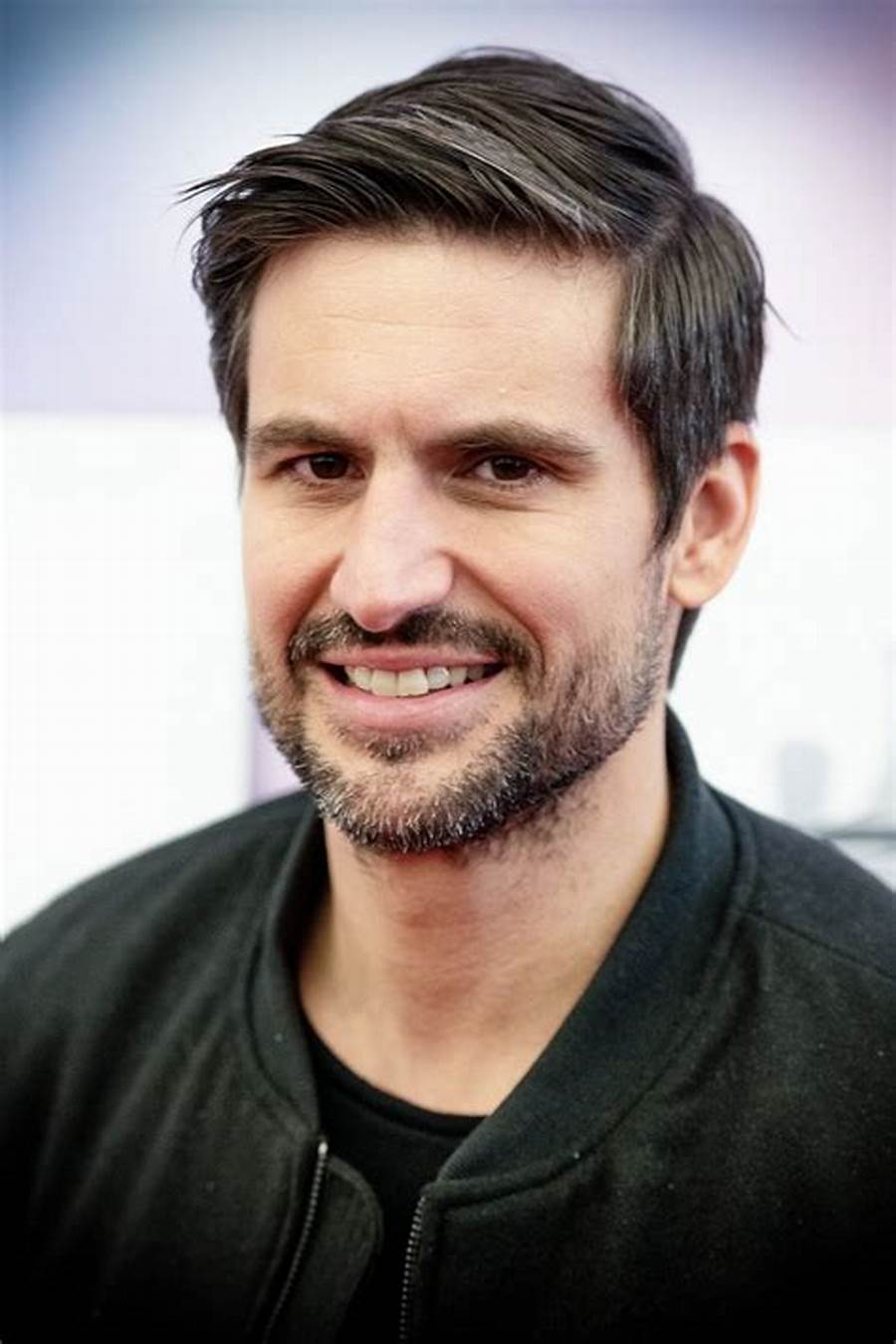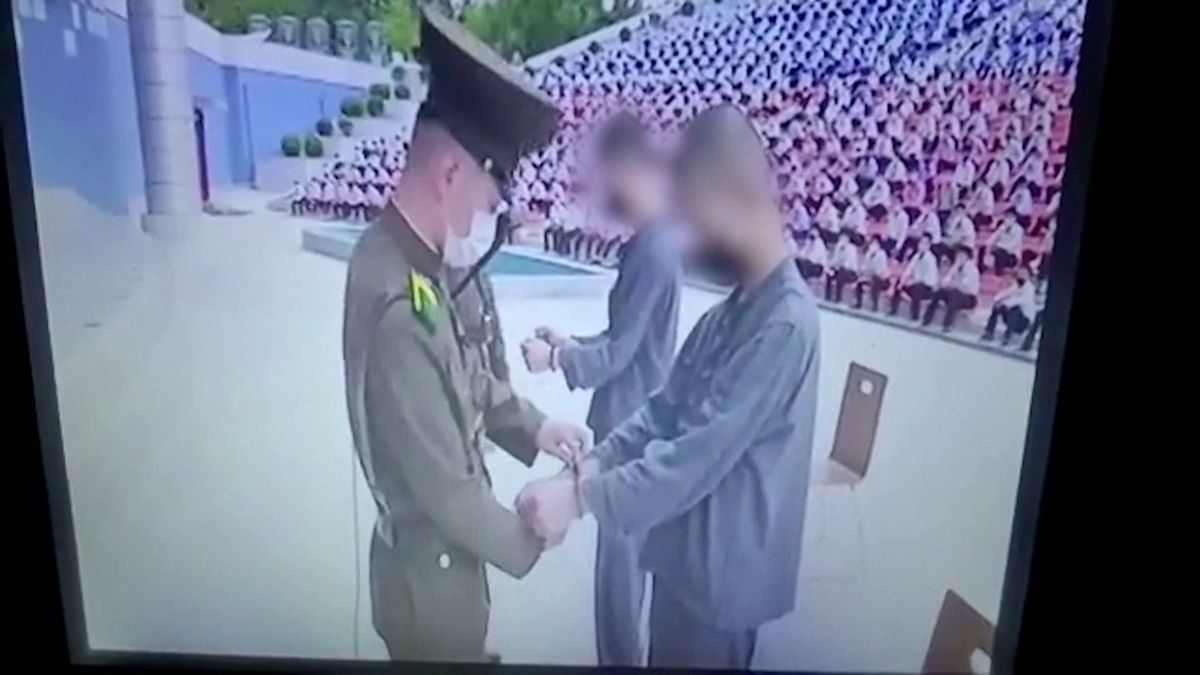According to the company, the use of virtual or augmented reality is a new trend that is starting to be widely applied, for example in museums or monuments. This is stated by Tasty Air partners Matěj Rejnoch and Vojtěch Buday.
“You will go to a museum and experience something other than the static scene that has existed for a long time. De facto, two situations can arise. The first is that you put on a virtual headset and it takes you into a completely different world. An example is the museum in Olomouc, where we prepared for the reconstruction of St. Wenceslas Square as it looked in the 12th century. There is no other way that we can truly faithfully present to the participants what is going on at that time other than virtual reality,” said Buday.
The second option is augmented reality, where the visitor has a phone or tablet in hand. “You point a smart device at an object, which may be an image, and suddenly a historical figure appears in front of you. For example, artifacts that visitors don’t get to see in regular exhibitions can appear. The experience for visitors is that they can ‘play’ with these objects – get closer to them, take pictures with them, and share them on social networks. The possibilities are huge,” explains Rejnoch.
According to Buday, there is now great interest in virtual reconstruction, time travel back in time. “Thanks to digitization, visitors will feel a return in time to places they would not otherwise have been. Thus it can pass through time in various places, for example from the 12th to the 18th centuries. He had the opportunity to experience interesting moments and map history,” said Buday.
Thanks to augmented reality, for example, animated figures from paintings or sculptures can speak to visitors. “Virtual and augmented reality are new mediums, but we believe that one day they will become truly standard. Because how else would you want to embody something that has happened historically and have the opportunity to have an authentic experience?” Rejnoch said.
At Tasty Air, they applied the game programming experience they had previously worked on, thus providing a game that overlapped with their project. “We want it to be fun so users want to try the app again and play,” said Rejnoch.
Museum in Most or driver training
Now the company is working, for example, on a project for a museum in Most, which also includes an educational program for schools. “In virtual reality, students will be able to visit four floors connected by an elevator and experience something different on each. They will travel back in time from prehistoric times to the present, and an engaging visual experience awaits them on each floor. In addition, they will find interactive quizzes and tests on the floor, which have the task of educating children in a fun way,” said Rejnoch.
Tasty Air expects further growth. “We managed to get a long-term project. We were sitting in the basement two years ago and the three of us. We consider 2020 as the beginning and today we are sitting in a new office, there are already about 15 of us with external experts and we are still looking for new colleagues to join the team,” said Rejnoch.
The company is also preparing, for example, virtual reality training for truck drivers. “Besides all that, we are trying to raise awareness for the general public. On our website, we also want to educate people about what virtual and augmented reality really is and what possibilities it provides,” Buday added.
Virtual vs. augmented reality
The terms virtual and augmented reality are very often confused, but the two technologies work on different principles.
Virtual reality glasses try to draw the user into a simulated world and completely disconnect his senses from the real world. As a rule, the eyes completely cover the screen and headphones are placed in the ears, which very often become part of the whole system.
Augmented reality systems usually look like ordinary glasses, where the user can see everything that is happening around them. The custom view or camera then simply adds the virtual object to the real space. In fact, they connect the virtual world with the real world.

“Hardcore zombie fan. Incurable internet advocate. Subtly charming problem solver. Freelance twitter ninja.”







